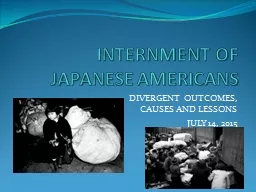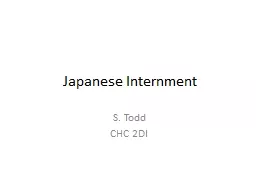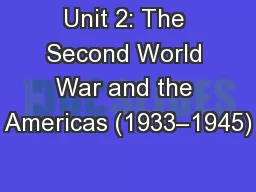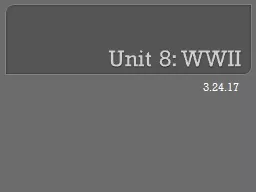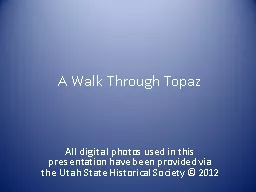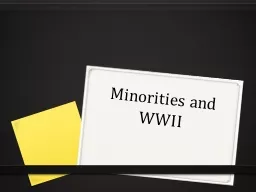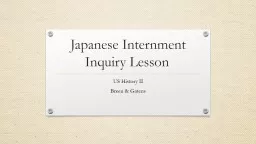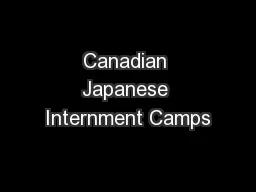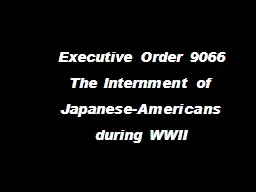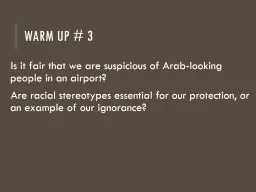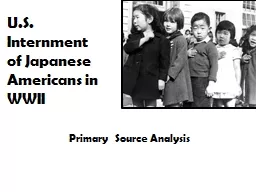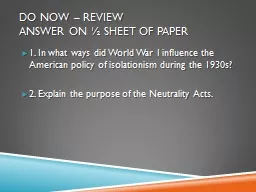PDF-Internment and the
Author : kittie-lecroy | Published Date : 2016-04-30
Japanese American United States Constitution A Lesson plan from the Education Department The National WWII Museum 945 Magazine Street New Orleans LA 70130 504 528 1944 wwwnationalww2museumo
Presentation Embed Code
Download Presentation
Download Presentation The PPT/PDF document "Internment and the" is the property of its rightful owner. Permission is granted to download and print the materials on this website for personal, non-commercial use only, and to display it on your personal computer provided you do not modify the materials and that you retain all copyright notices contained in the materials. By downloading content from our website, you accept the terms of this agreement.
Internment and the: Transcript
Download Rules Of Document
"Internment and the"The content belongs to its owner. You may download and print it for personal use, without modification, and keep all copyright notices. By downloading, you agree to these terms.
Related Documents



